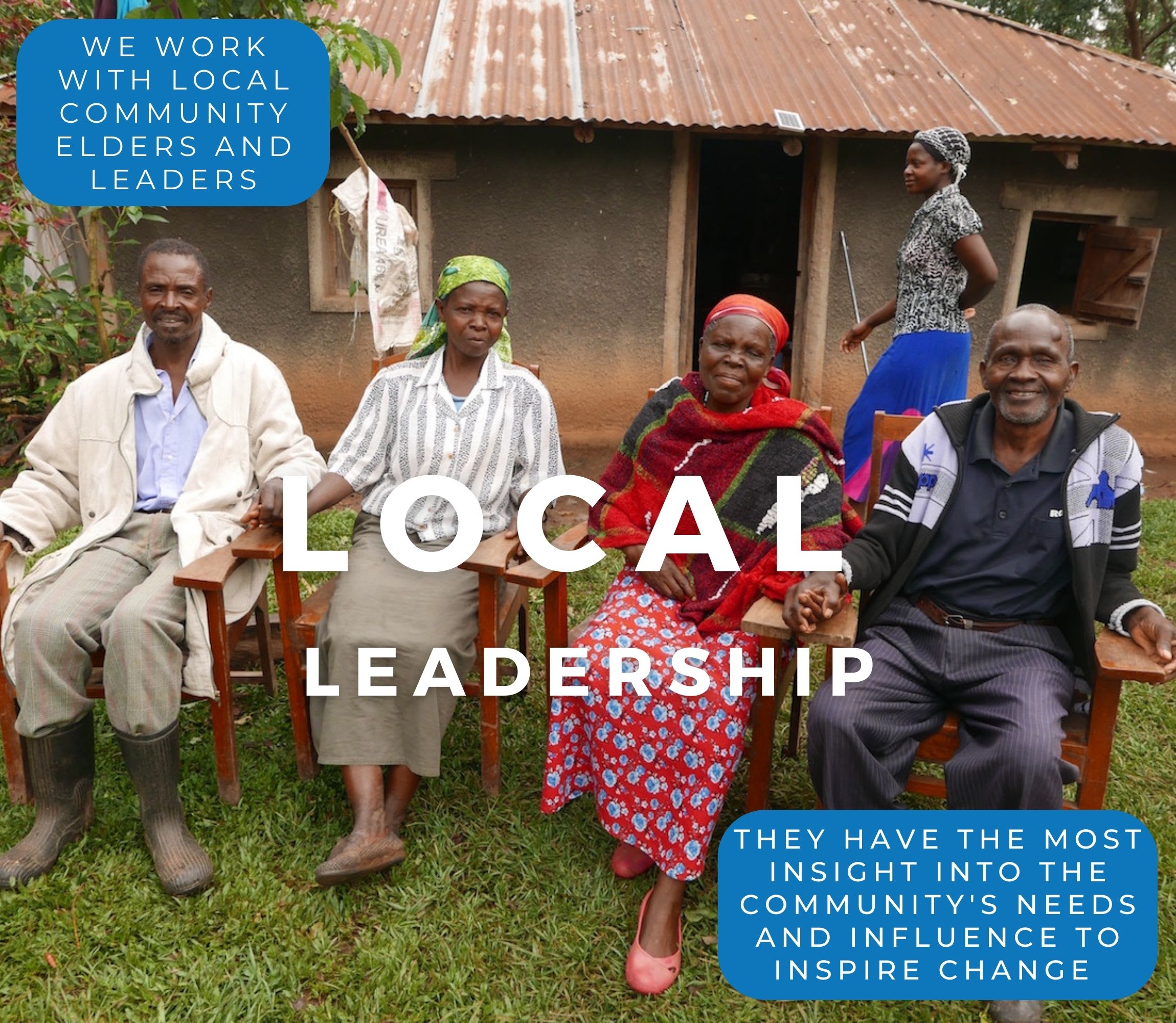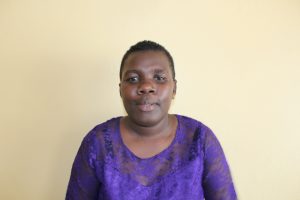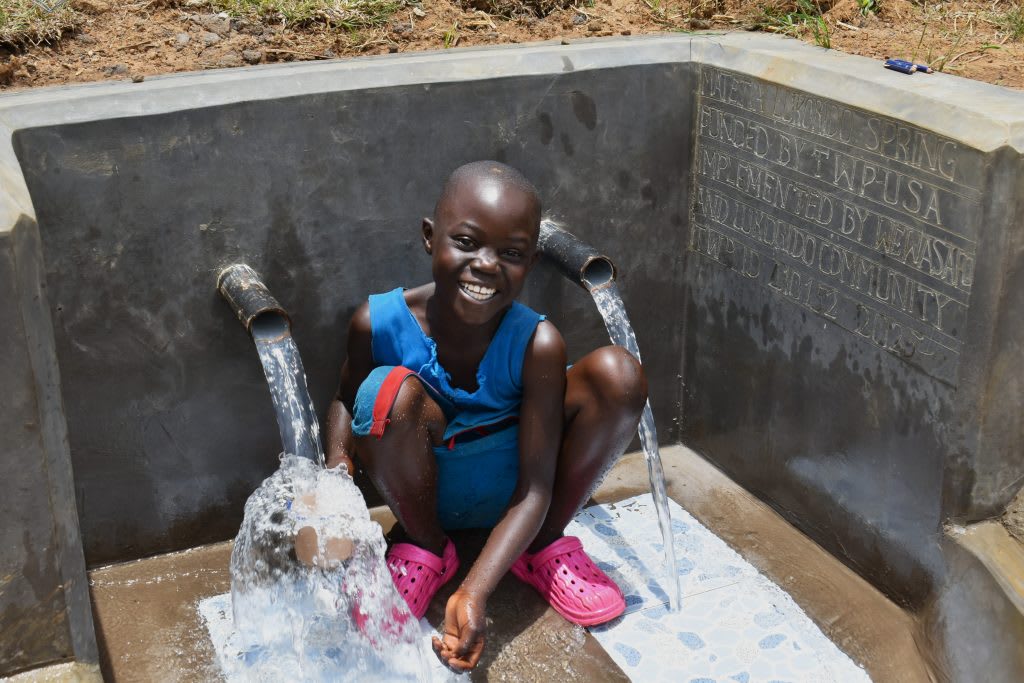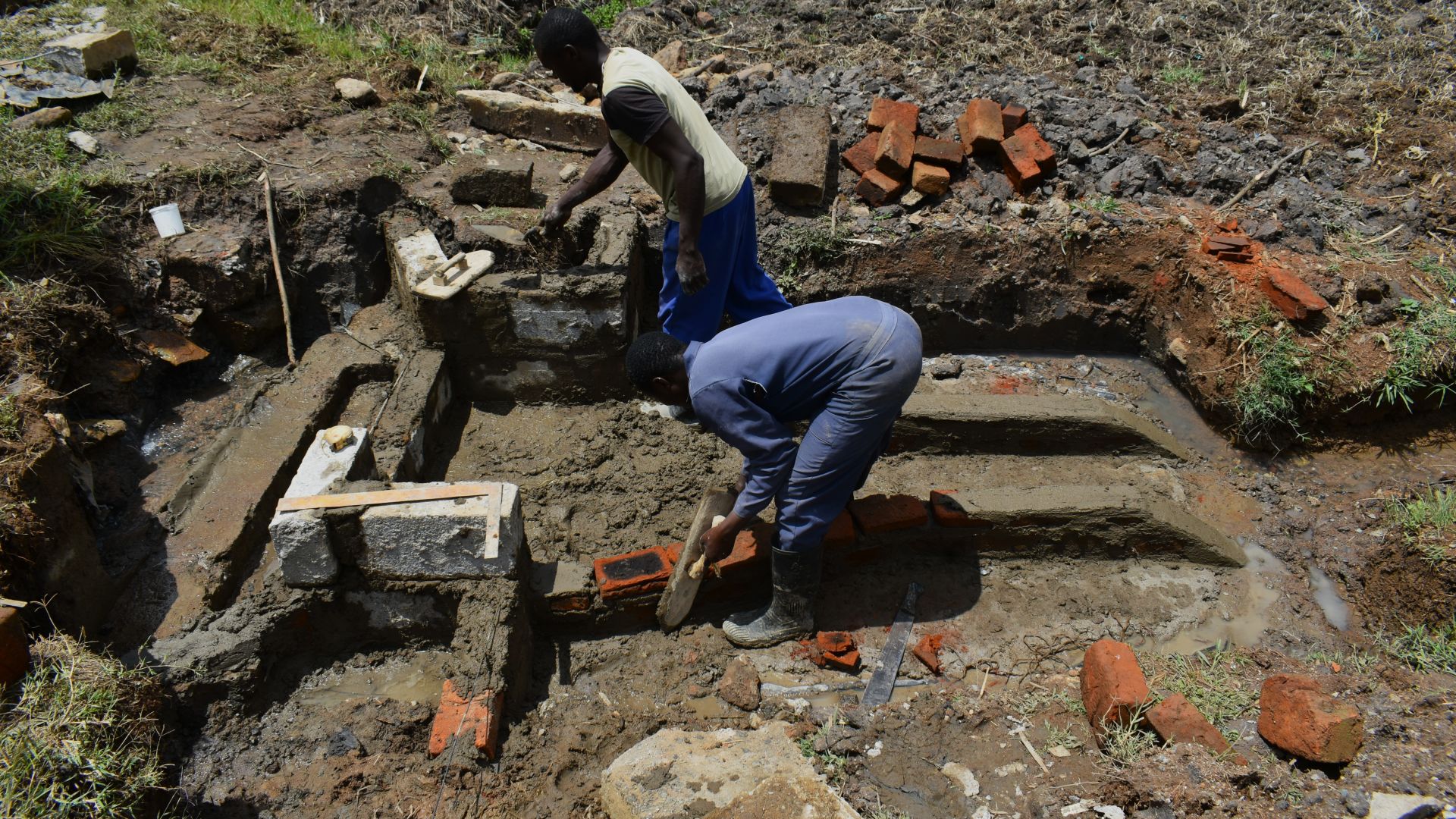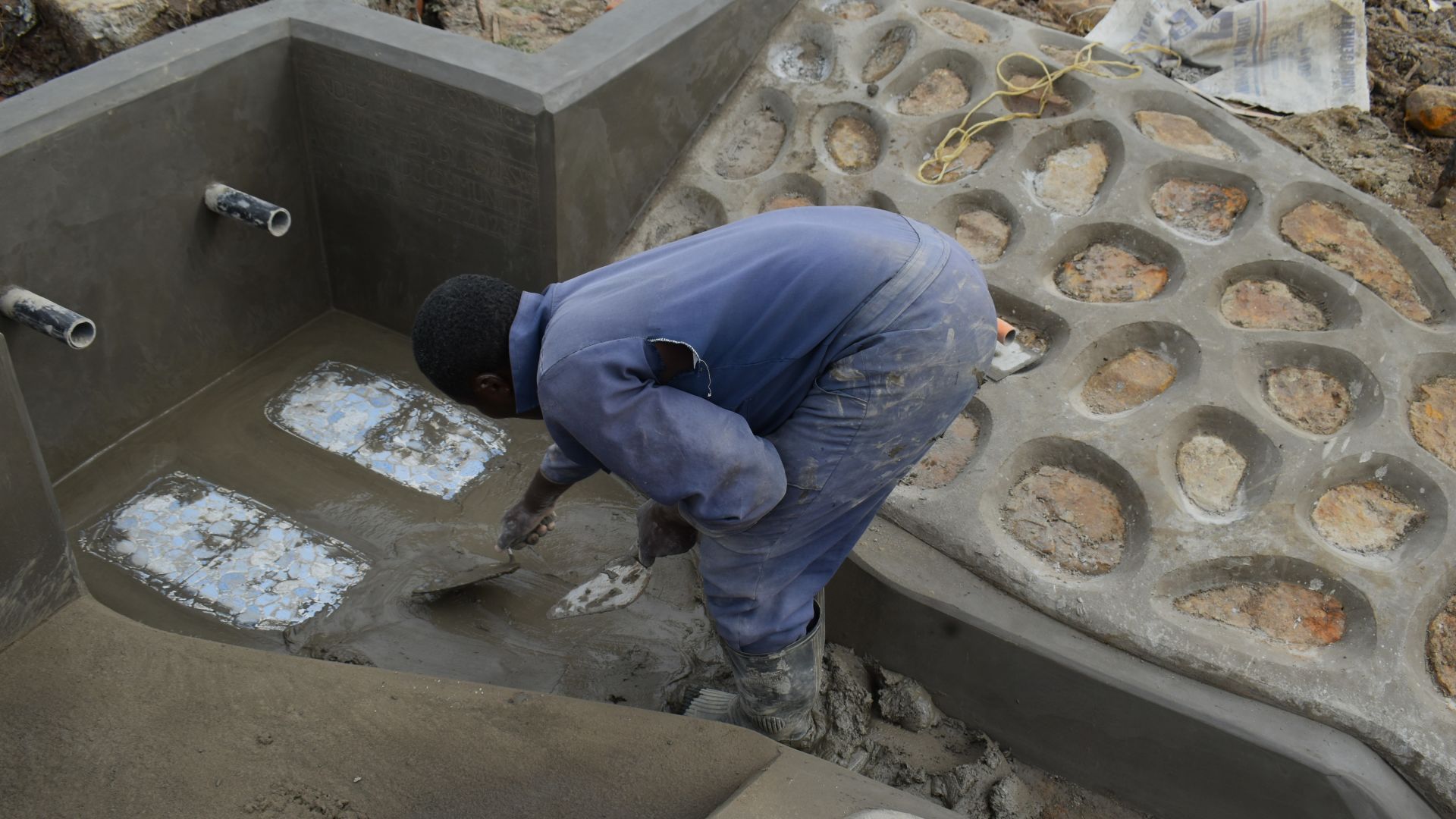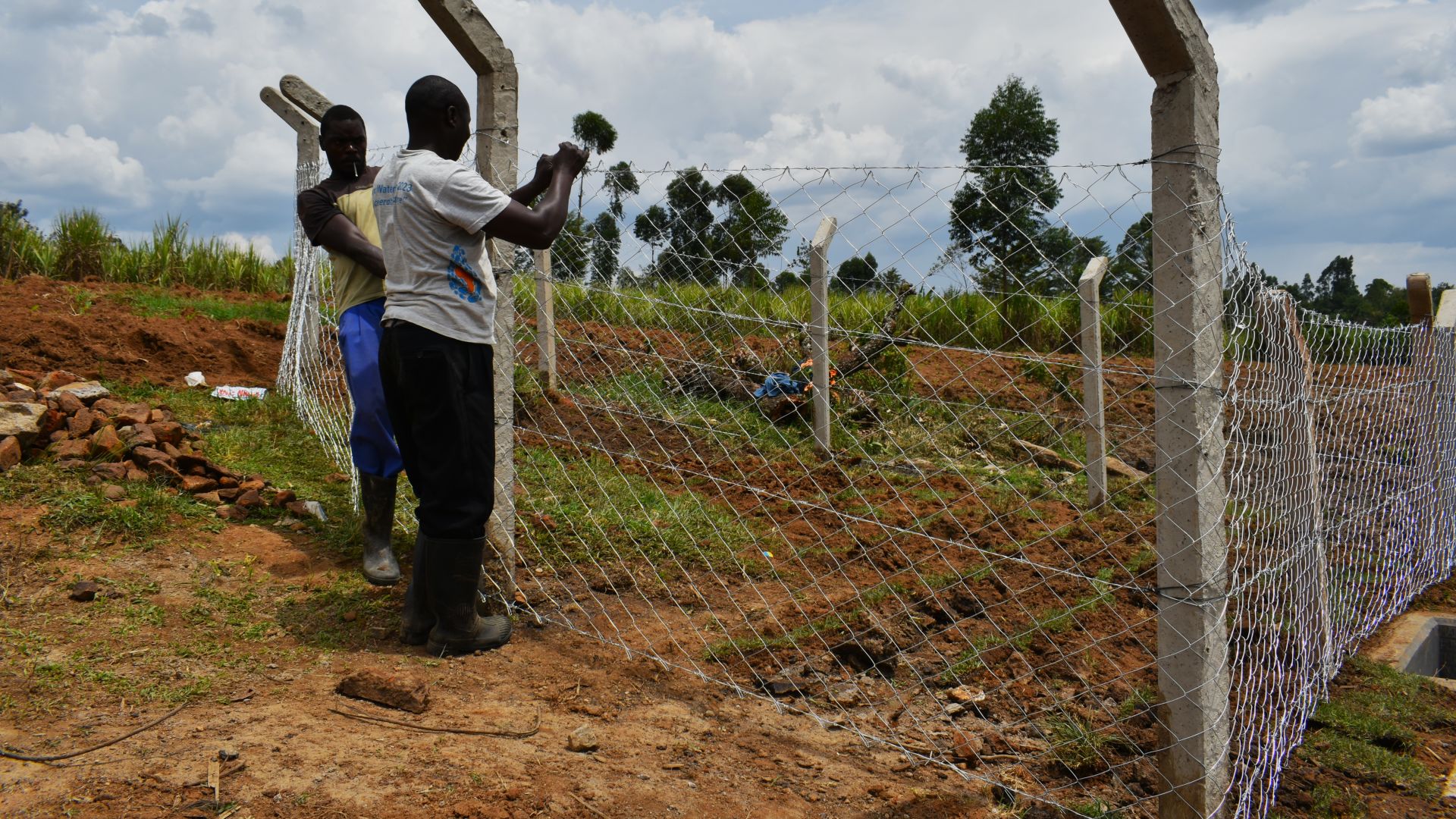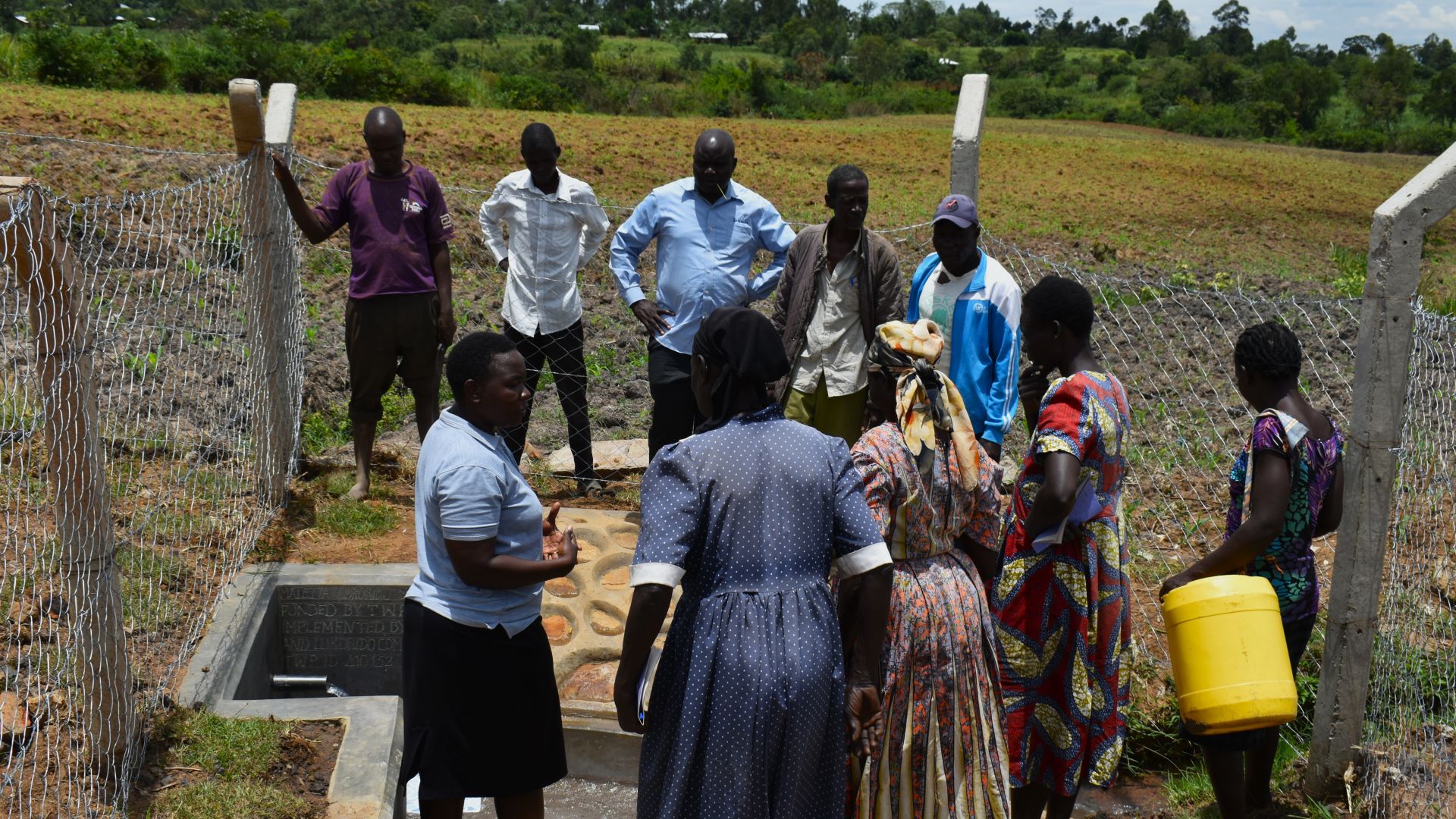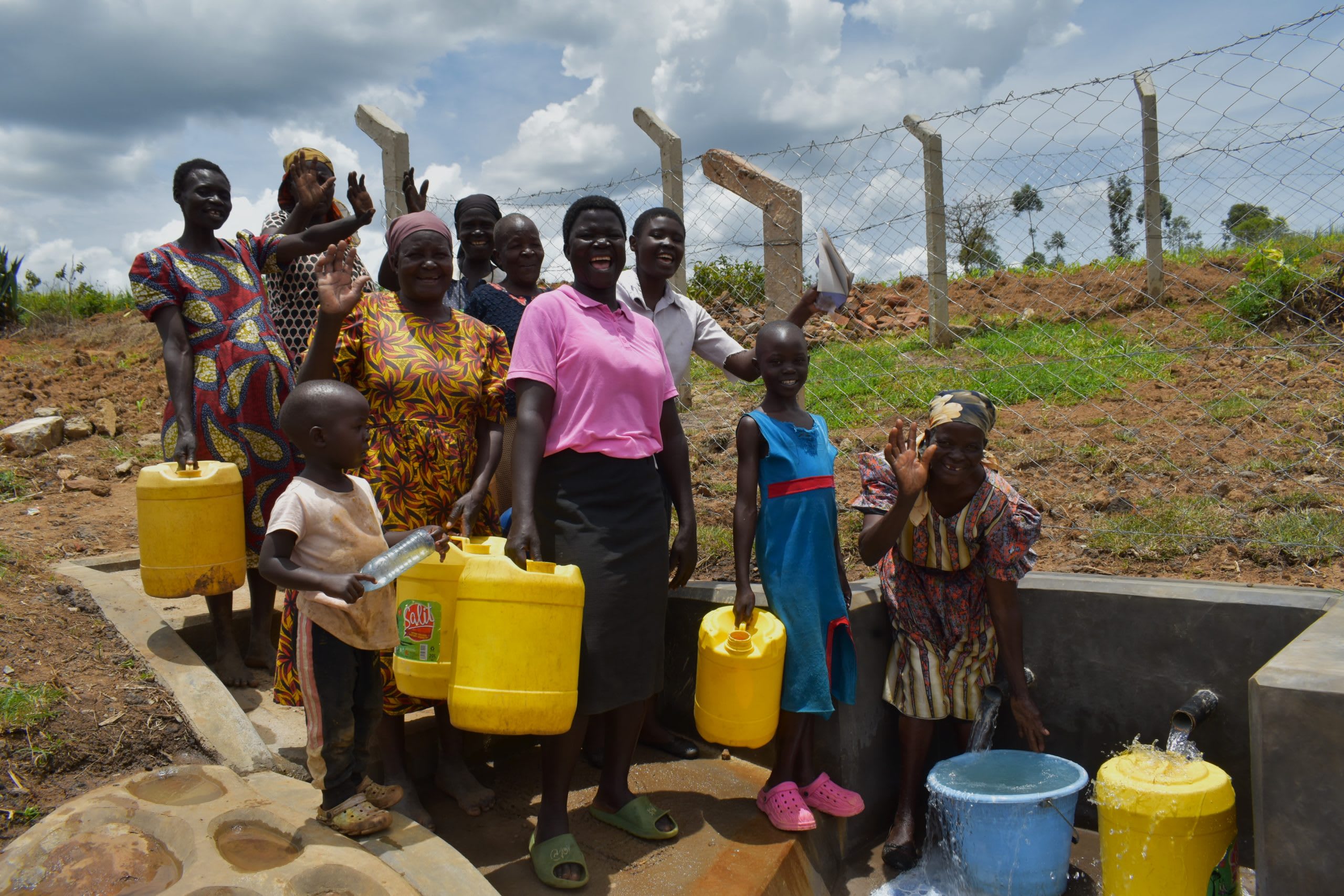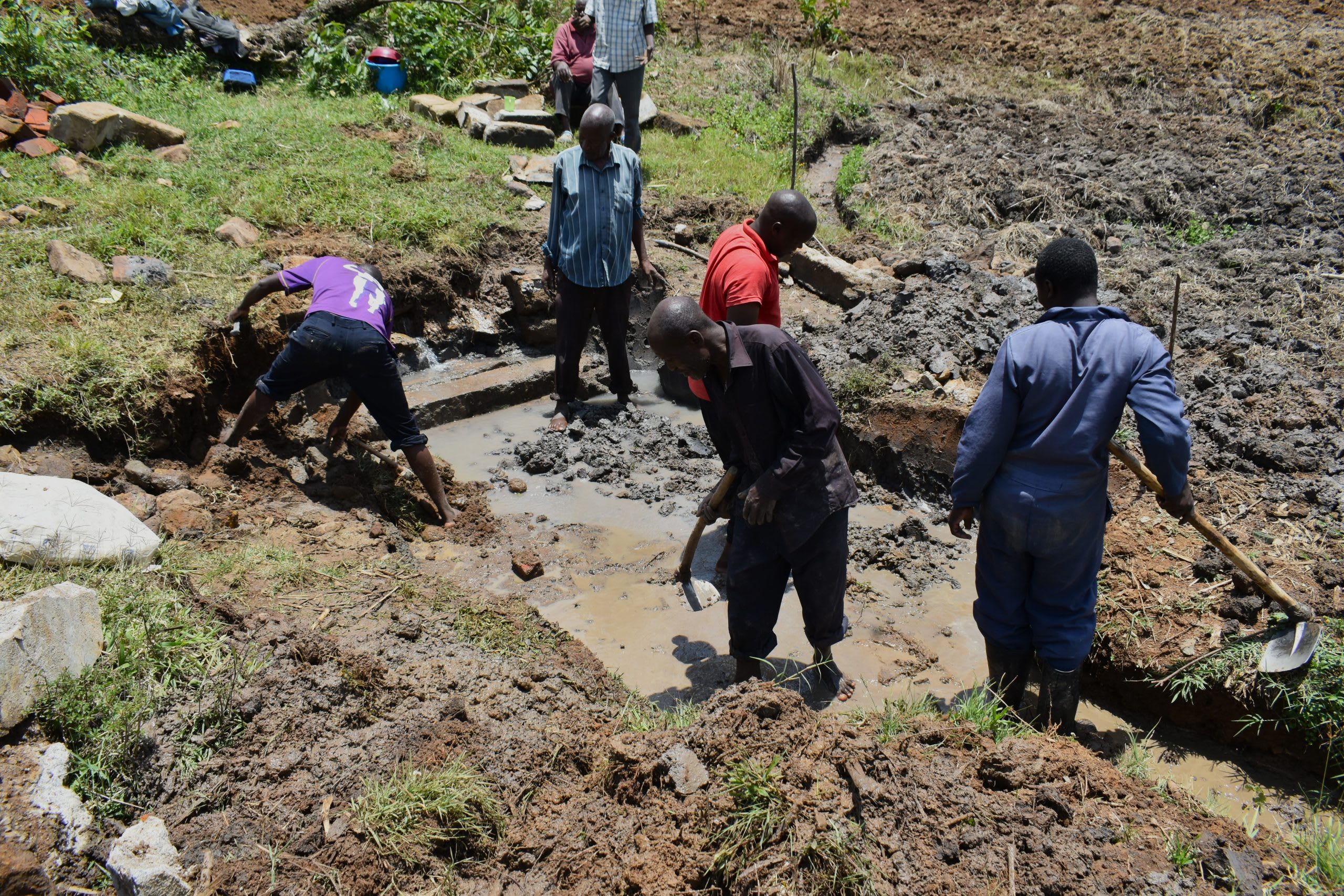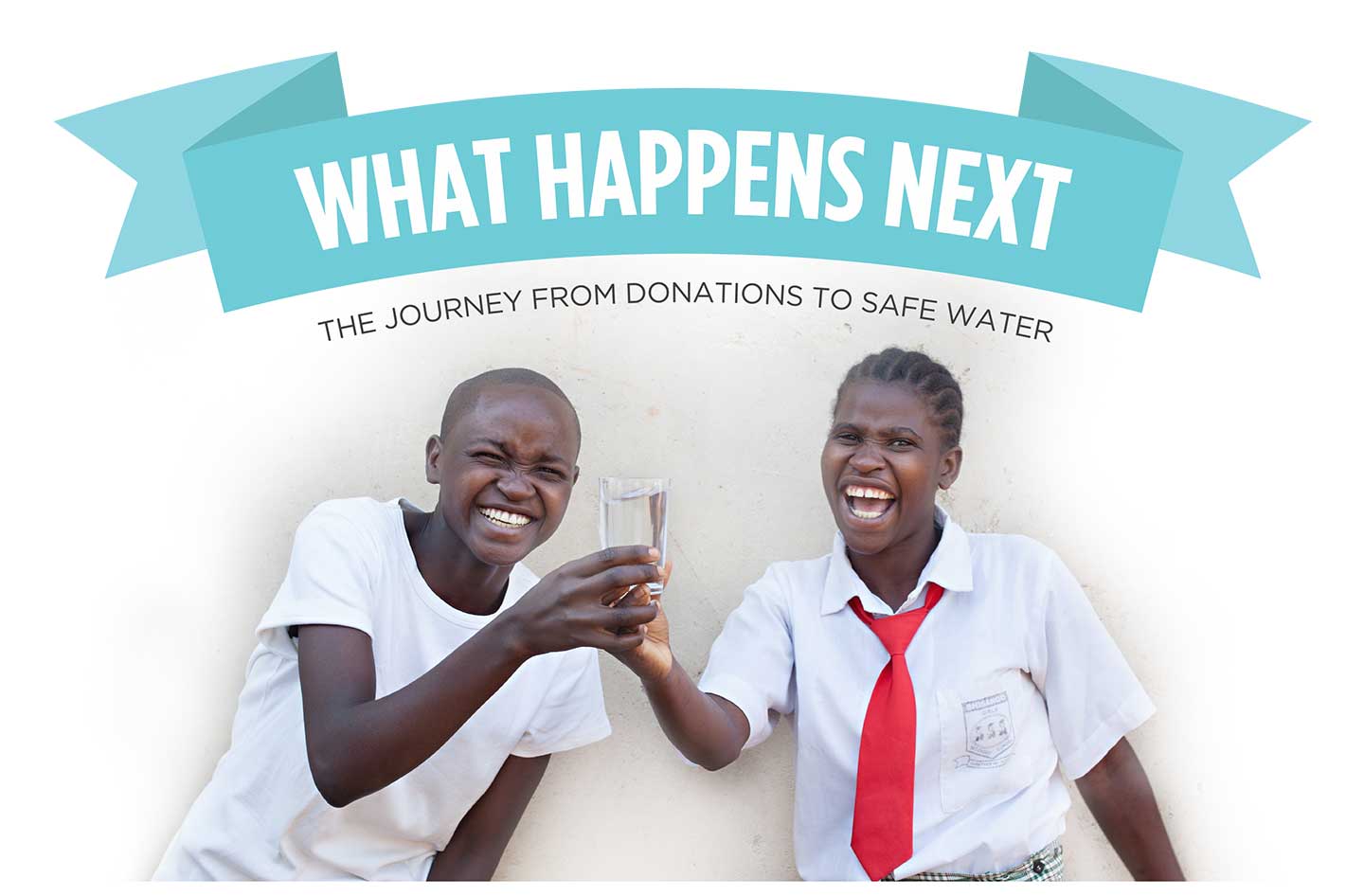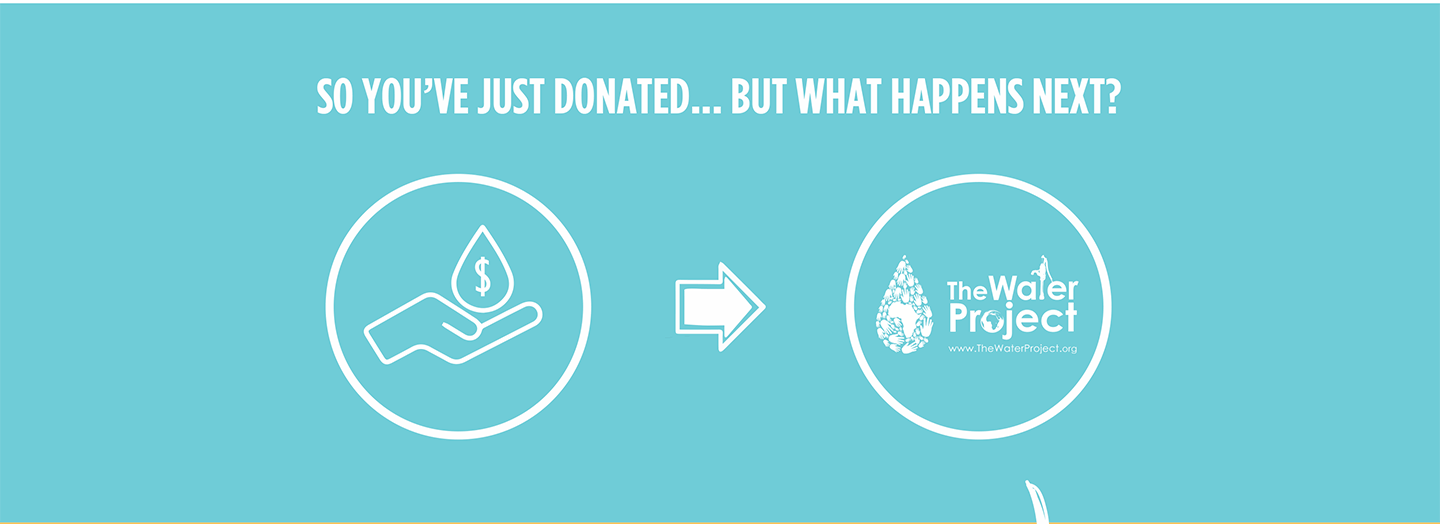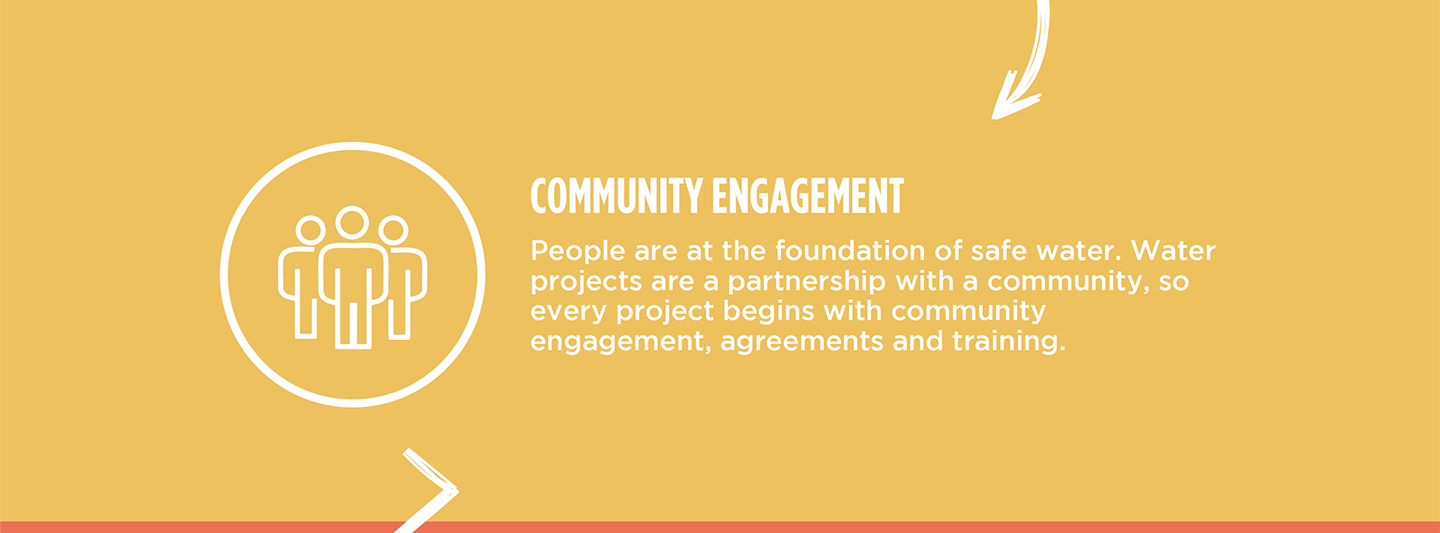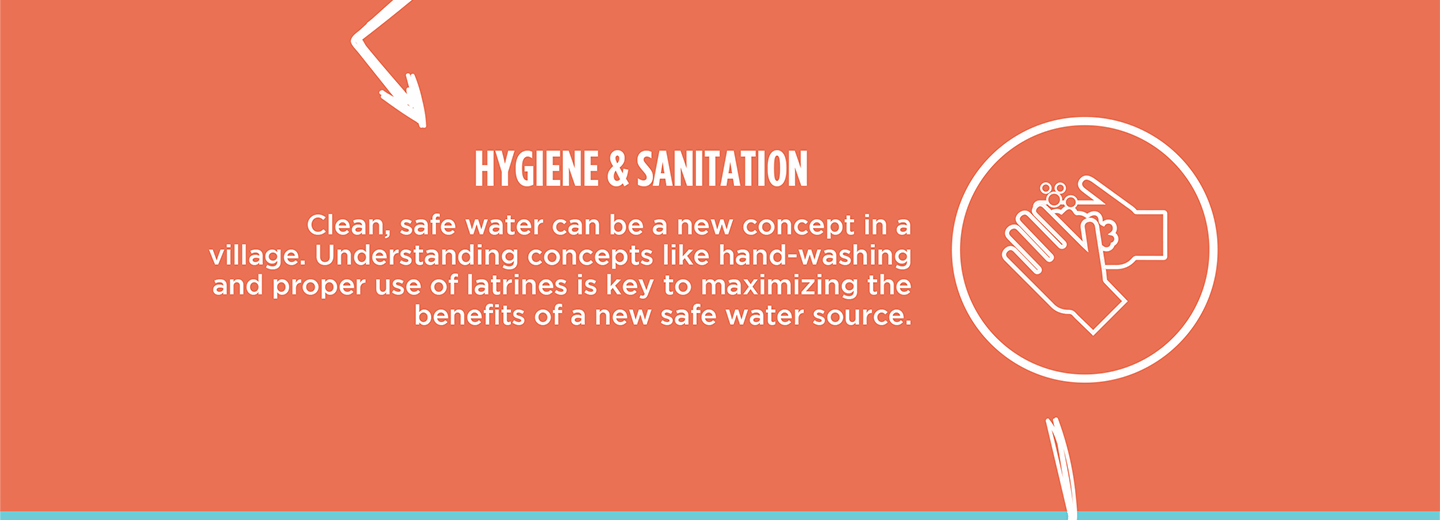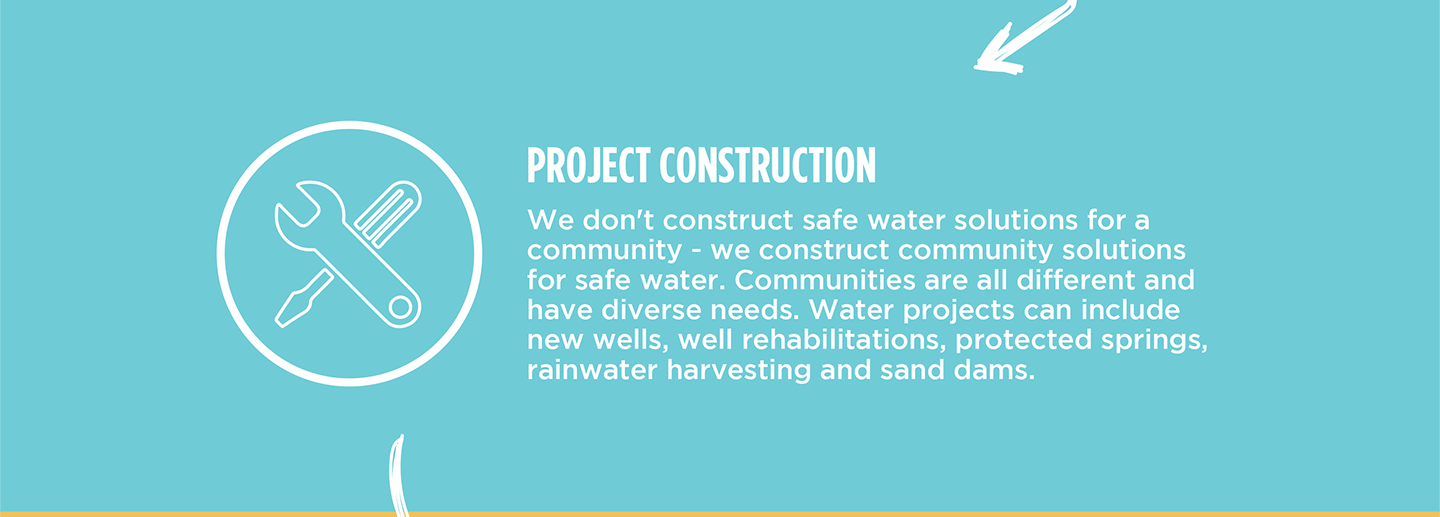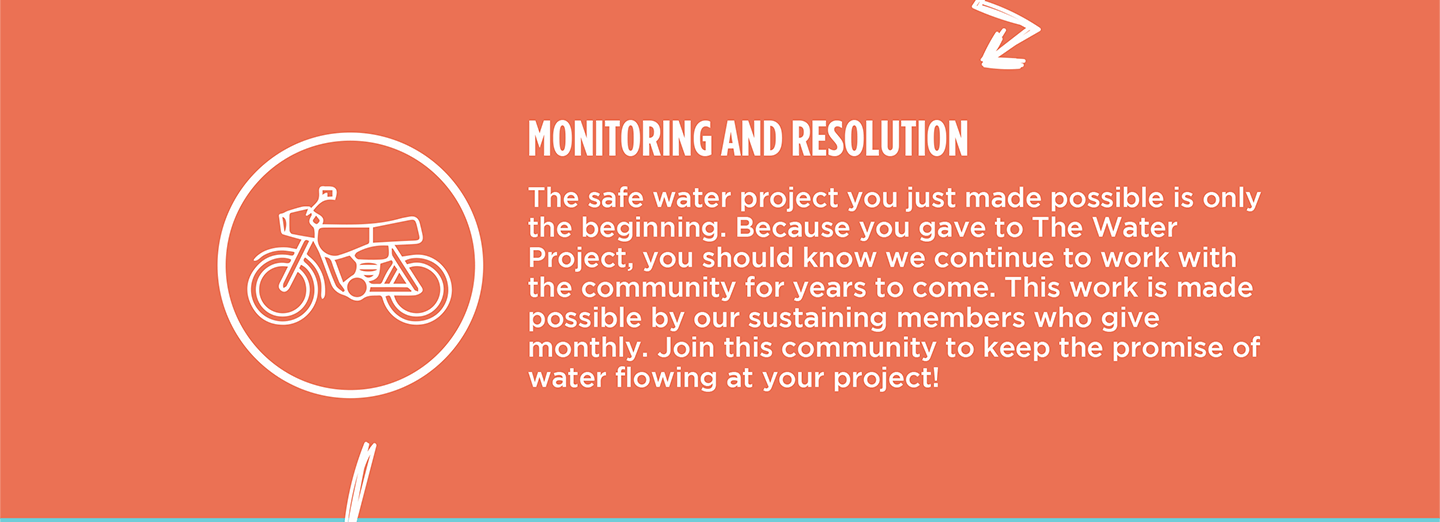In the Lukorido Community, 250 people rely on Matetia Lukorido Spring, which puts their health at risk every day. Their children are suffering from debilitating water-related illnesses, and adults are losing their livelihoods to the current water crisis.

Jorina trying to collect water from the unprotected spring.
Jorina Awino, a 38-year-old farmer, is all too familiar with the feeling of watching her children suffer from the water she is forced to provide them. With no other options, they can either go thirsty or quench it with unsafe water.
"Just last month, my child was diagnosed with typhoid and malaria, and it was not easy at all. Even as we are speaking now, he is not fully recovered, but we thank God he is out of danger. We spent a lot of money on his medication, leading us into debts that we did not plan," shared Jorina.
When farming is your livelihood, any time not spent working is income lost to your family. Like many in this community, Jorina doesn't have money to spare. So, when her children get sick, she has to choose between caring for them or working to feed them. What an impossible decision.

Jorina working her crops.
"When one family member becomes sick, [it] is like [all] the members are sick. So, my child was not able to attend school for one full week, and that made him miss a lot while others were learning. I also did not manage to work on my farmland as planned because I was attending to him, which made me delay planting my farm produce," Jorina continued.
To make matters worse, the spring is overcrowded, which increases the time people spend collecting water. This also inflames community tension, as everyone is eager to get back to their duties.

People waiting for their turn.
"There is overcrowding during dry seasons, which sometimes results [in] quarrels at the water point among the community members. We also fear sending children alone at the water point because they may not be keen [on the] quality of water they fetch," she continued.
Without safe, accessible water, Jorina will stay stuck in this cycle, unable to get ahead and watching her children suffer.
Protecting the spring will help Jorina meet her family's needs and give her the tools needed to thrive.
"Water is a very essential commodity. When I have water throughout the seasons, I will be able to do farming, irrespective of the seasons. Clean water will boost our energy, [and] we will work hard to get big results," Jorina shared.

Steps Toward a Solution
Our technical experts worked with the local community to identify the most effective solution to their water crisis. They decided to safeguard the existing flowing spring.
Spring Protection
Springs are natural water sources that originate from deep underground. As water travels through various layers of the earth, it undergoes a natural filtration process, making it cleaner and safer to drink. To protect these spring sources from contamination, we construct a waterproof cement structure around layers of clay, stone, and soil. This design channels the spring water through a discharge pipe, facilitating easier, faster, and cleaner water collection.
Chlorine Dispenser
As an extra measure towards water quality safety, uniquely engineered chlorine dispensers are installed at all of our spring protection projects so community members can treat their water with pre-measured doses of chlorine. The chlorine treats any residual contamination and stays active for two to three days, ensuring water stays safe to use even when stored at home. Chlorine delivery and maintenance of the dispensers are part of our ongoing community support.
Community Education & Ownership
Hygiene and sanitation training are integral to our water projects. Training is tailored to each community's specific needs and includes key topics such as proper water handling, improved hygiene practices, disease transmission prevention, and care of the new water point. Safe water and improved hygiene habits foster a healthier future for everyone in the community. Encouraged and supported by the guidance of our team, a water user committee representative of the community's diverse members assumes responsibility for maintaining the water point, often gathering fees to ensure its upkeep.

 Protected Spring
Protected Spring
 Rehabilitation Project
Rehabilitation Project

